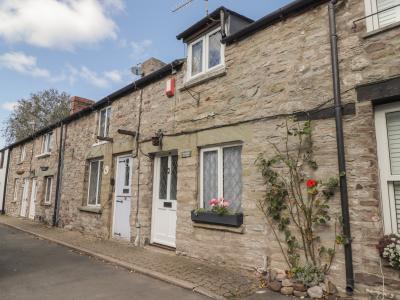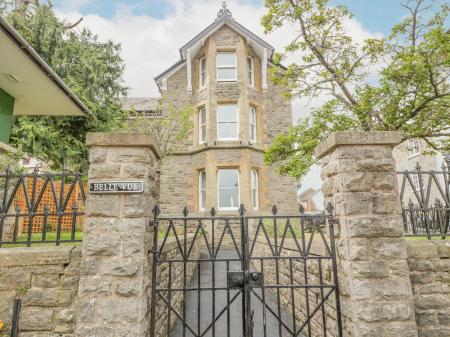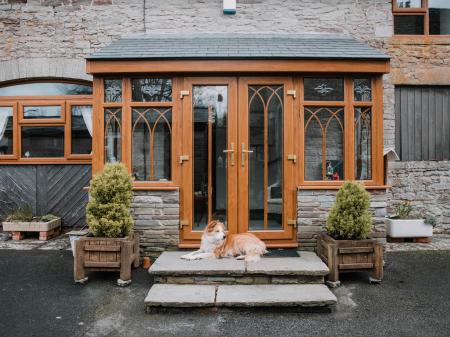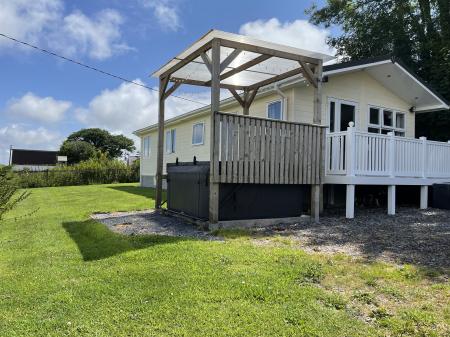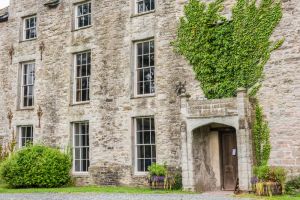
The stone building we see today is the second castle in Hay-on-Wye. The first fortification at Hay was on a motte, or manmade mound now visible beside the parish church. The motte would have been surmounted by a timber palisade and defended by earthwork banks and ditches. The first castle was abandoned around 1200 to be replaced by a much larger castle close to the town centre.
The first stone fortification was probably the work of William de Braose (see Abergavenny). The castle was supposedly owned by Maud, wife of William de Braose.
King John captured Hay Castle in 1207 and took Maud prisoner. She died in captivity, possibly from starvation. De Braose rebelled in 1216 and John burned both the town and castle.
Llewelyn the Great sacked the castle in 1233. It was rebuilt under Henry III, captured by Simon de Montfort in the Barons' War of 1264, and then retaken the following year by Prince Edward (later Edward I).
From the mid-13th century the castle was held by the powerful de Bohun family, one of the wealthiest and most influential families in Britain.
The castle was attacked once again in Owain Glyndwr's rising of 1405, but this time it escaped relatively unscathed, probably because support for Glyndwr was so strong in the area.
It served as a residence for the Dukes of Buckingham until the last duke faced the executioner's blade in 1521. The castle was left to moulder away, gradually decaying into crumbling ruin.
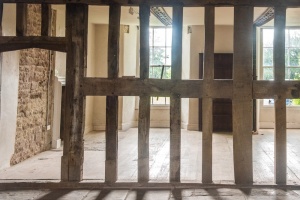
Around 1636 a Jacobean mansion was built alongside the medieval ruins. The mansion served as a residence for local gentry until 1825 when it became the vicarage. One frequent visitor to the vicarage was Rev, Francis Kilvert, the Victorian diarist, who was curate at nearby Clyro. Kilvert came to visit William Latham Bevan, vicar of Hay.
Though the medieval castle became gradually ruinous the original dungeons were put to use as the town gaol until well into the 19th century.
In 1939 the mansion was gutted by fire. It was restored, but a second fire in 1977 left much of the building a roofless ruin, open to the sky.
Rescue was at hand, for the usable part of the castle was purchased by the self-styled 'King of Hay', Richard Booth, who opened a second-hand book store in Castle House and helped turn Hay-on-Wye into the British 'Book Town'.
Booth's efforts led to the popular Hay Festival of Literature and the Arts, which draws thousands of visitors each year. There are now about 40 book shops in Hay as a result of Booth's efforts. One of Booth's innovations was to create an open-air, self-service bookshop, with an honesty box for customers to purchase books.
The historic castle continued to decay, however, and in 2011 was purchased by a charitable trust set up to restore the site and turn it into a centre for heritage, the arts, and education. The Trust was recently awarded over 4 million pounds to restore the castle and transform it into a tourist destination, with gallery rooms, space for touring exhibitions, educational projects, a cafe, and a reading room.
In the meantime, you can explore the castle site, and peer inside the habitable part to see how restoration is proceeding, but as of this writing there is no access to the interior.
Remains of the castle include a four-storey stone keep and a finely carved stone gateway. Within the grounds are the remains of 19th-century terraced gardens and earlier 18th-century formal gardens.
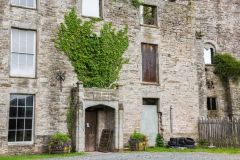
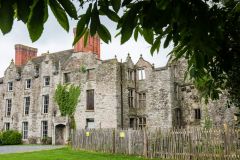
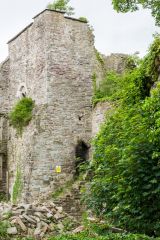
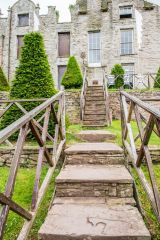
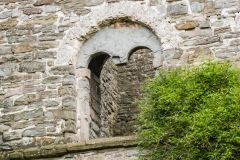
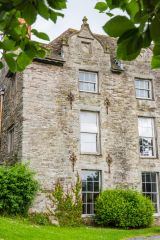
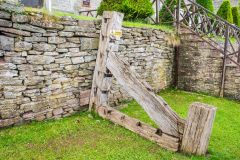
 We've 'tagged' this attraction information to help you find related historic attractions and learn more about major time periods mentioned.
We've 'tagged' this attraction information to help you find related historic attractions and learn more about major time periods mentioned.